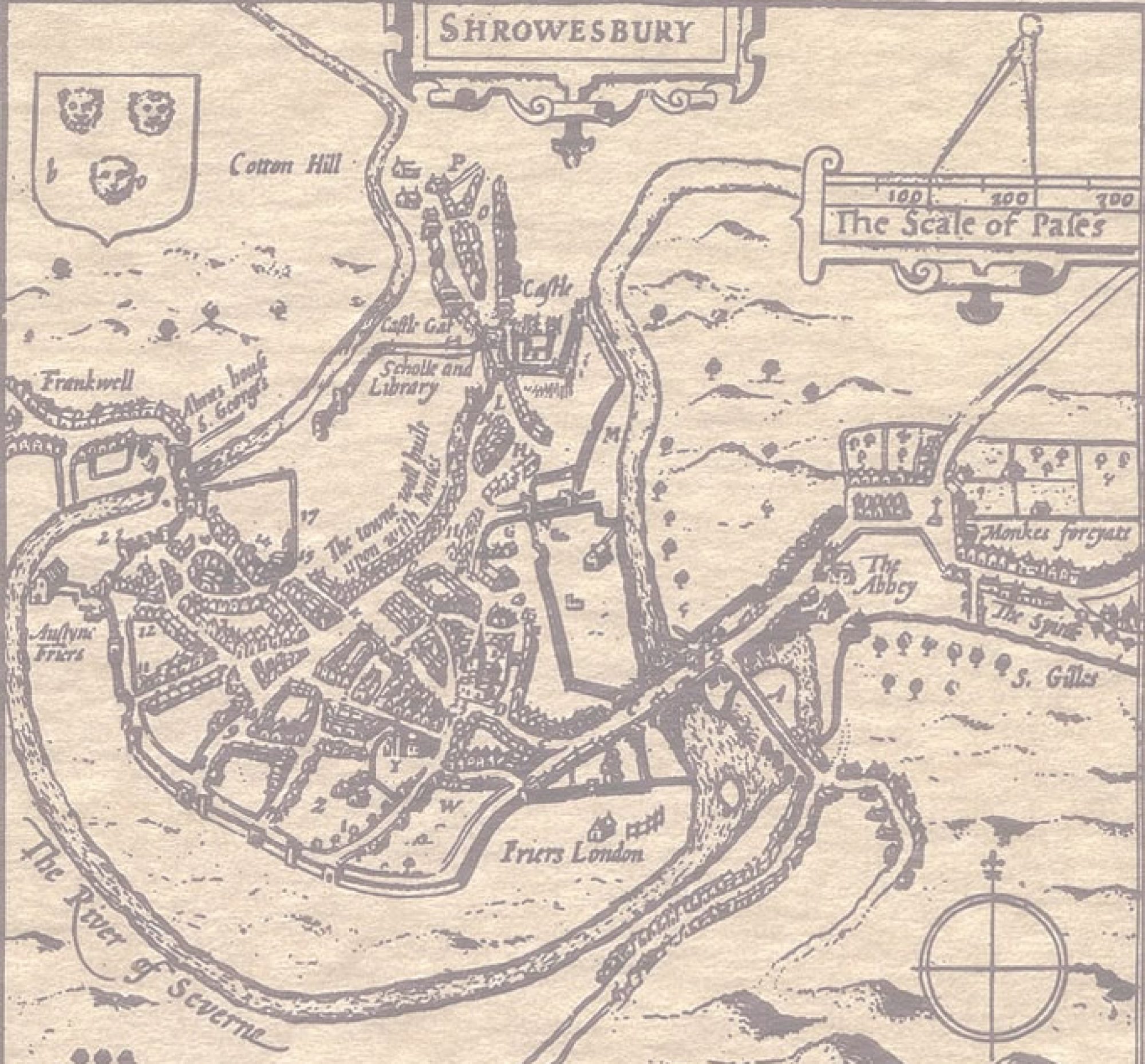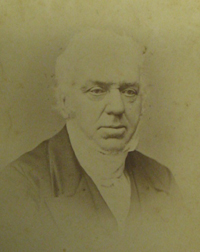
Moreton Crescent links Coleham Head with Belle Vue Road in Shrewsbury. Although not formally given this name till 1932, it is much older than this and its name gives a clue to an interesting story. [footnote 1] Originally the road from Coleham Bridge to Meole Brace followed the line of what is now Old Coleham. It took a sharp right hand turn around what was until recently the Old Castle Inn, but was known as the Bull and Pump in the first half of the 18th century. [footnote 2] By the 1820s, William Hazledine, the famous ironmaster, had become a rich man and bought up much land in Coleham and Belle Vue. This included Gibraltar House, a large mansion with extensive grounds situated next to the Bull and Pump.
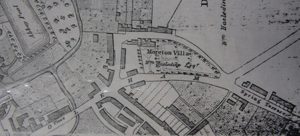
Hazledine’s only son, John (1793-1870), married his cousin Rhoda Brayne in 1827, and Hazledine senior rebuilt Gibraltar House as a home for his son. He also renamed it Moreton Villa, after Moreton Forge near Shawbury, where he was brought up and learned his skills as a millwright and ironfounder. At the same time he offered part of the land to the turnpike trustees to build a new road that we know as Moreton Crescent. This was completed in March 1826. [footnote 3]
It appears that the original plan was that John Hazledine would follow his father into the iron trade. However around 1830 the decision was made that he would run his father’s coal business instead. [footnote 4] Partly to ensure supplies of good quality coal for his ironworks, his father had leased mines in Wombridge and hired 100 narrow ‘tub’ boats to transport coal from the East Shropshire coalfield via the Shrewsbury Canal to Shrewsbury. [footnote 5] The coal was offloaded at Berwick Wharf and Shrewsbury Canal basin, which was situated where the railway station car park is now. He also had coal yards by the canals in Market Drayton, Welshpool and Newtown. [footnote 6] After his father died in 1840, John Hazledine also inherited much of his father’s extensive property portfolio, the rental from which enabled him to live the life of a ‘gentleman’. [footnote 7]
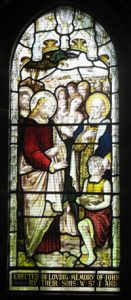
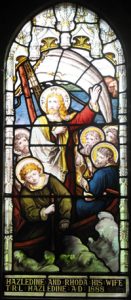
Like his father, John Hazledine was active in local politics. William Hazledine was outspoken in his support for the Radical wing of what became the Liberal party, and John’s politics were the same. He, though, had a very different character, being described as of a ‘mild conciliatory nature’. [footnote 8] In 1835 the government passed the Municipal Corporations Act, the effect of which was to replace the ancient Shrewsbury corporation, dominated by the Tory party, with an elected town council. So both father and son stood as Liberal candidates for the first election to the town council on Boxing Day 1835. John was a candidate for the constituency then known quaintly as ‘Stone Ward (Without)’, i.e. outside the walls, while his father stood for ‘Castle Ward (Within)’. Because voting was not secret at that time, there was a good deal of pressure on workmen, tenants and tradesmen to vote Tory by Tory employers. [footnote 9] Malpractice also occurred on the election days, but in the end the Liberals triumphed by a majority of 4. John Hazledine was one of the Liberals elected, coming top of the poll in his ward, and he retained his seat on the Council until his death, nearly 35 years later. [footnote 10]
He was elected Mayor for 1855/6, and was also a magistrate, his main task being to officiate at the weekly ‘police court’, where those who had been arrested for minor offences, such as drunkenness, disturbing the peace, vagrancy and soliciting were quickly dealt with. John Hazledine seems to have fulfilled this role with firmness, but as much humanity as the law allowed. [footnote 11]
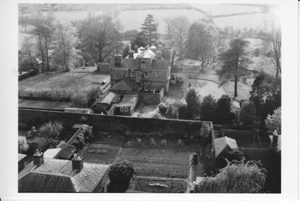
In 1864 he moved from Moreton Villa to the Woodlands, a new mansion he built opposite the Column. (Moreton Villa was demolished in the early 1900s). After the death of his oldest unmarried son in 1910, the house passed through various owners, eventually becoming a Youth Hostel after the Second World War. In 1939 Woodlands Park was built in part of the grounds, more of which were later taken for the building of Haycock Way. [footnote 12]
Footnotes
[1] JL Hobbs, Shrewsbury Street Names, Wildings, 1954
[2] LC Lloyd, The Inns of Shrewsbury, 1942
[3] Henry Pigeon’s diary, SA 6001/3056; SC 30.11.1825 & 3.3.1826
[4] When he became a burgess of Shrewsbury in 1826 he is described as an ‘ironfounder’, but by 1832 he was described as a ‘gentleman’, so around 1830 he presumably ceased to be part of the iron business, Shrewsbury Burgess Roll, SA 3365/67B, entries B393 and B412
[5] SA D3651/D/31/184; IGMT Lilleshall Company Collection 1998.320 (DLIL/3/236 & 247)
[6] http://www3.shropshire-cc.gov.uk/roots/packages/tra/tra_m04.htm; Pigot’s North Wales Directory, 1829, IGMT 1981.3582
[7] William Hazledine’s will, SA D55.5 v.f.
[8] ESJ 22.2.1871
[9] SC 11.12.1835
[10] SC 1.1.1836
[11] ESJ 22.2.1871
[12] Barrie Trinder, Beyond the Bridges, the Suburbs of Shrewsbury 1760-1960, Phillimore, pp68 & 80
